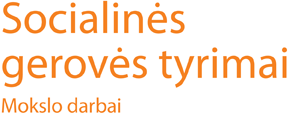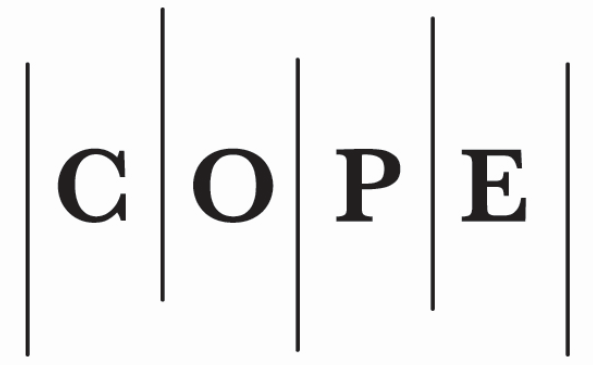VIZUALIOJO MENO SOCIALINĖ REIKŠMĖ PRIEGLOBSČIO PRAŠYTOJŲ CENTRUOSE
plugins.themes.bootstrap3.article.main693eee44ae539
Santrauka
Pastarąjį dešimtmetį sparčiai didėjant pasaulinei migracijai, augo socialinio darbo su pabėgėliais ir prieglobsčio prašytojais poreikis. Atsižvelgiant į migrantų krizę, Ukrainos karo pabėgėlių persikėlimą, Lietuvai, kaip niekada anksčiau, aktualus prieglobsčio prašytojų klausimas ir jų oraus gyvenimo užtikrinimas. Vis didesnei tikslinei grupei žmonių, be bazinių poreikių patenkinimo, ypač svarbi psichosocialinė pagalba. Kultūriniai skirtumai, kalbos barjeras, priverstinis gyvenimas uždarose bendruomenėse yra iššūkiai, skatinantys ieškoti įvairesnių ir inovatyvesnių socialinio darbo formų. Menas padeda išreikšti emocijas, saugioje erdvėje papasakoti savo istoriją, prieglobsčio prašytojams suteikia galimybių atrasti bendrumą su kitais bendruomenės nariais. Straipsnyje atskleidžiamos vizualiojo meno metodų taikymo prieglobsčio prašytojų centruose galimybės, padedant užmegzti dialogą tarp skirtingų kultūrų ir stiprinti socialinius ryšius. Tyrimo objektas – vizualiojo meno taikymas prieglobsčio prašytojų centruose. Straipsnio tikslas – atskleisti vizualiojo meno socialinę reikšmę prieglobsčio prašytojų centruose. Uždaviniai: 1) atskleisti prieglobsčio prašytojų psichosocialinę situaciją; 2) apžvelgti vizualiojo meno metodus ir praktiką teikiant socialinę pagalbą prieglobsčio prašytojams; 3) empiriškai ištirti vizualiojo meno metodų taikymo galimybes ir socialinę jų reikšmę prieglobsčio prašytojų psichosocialinės situacijos gerinimui. Tyrimo klausimas: kokią socialinę vizualiojo meno reikšmę įžvelgia darbuotojai, rengiantys šiuos užsiėmimus prieglobsčio prašytojų centruose. Tyrimo metodas – kokybinis tyrimas, kuriame dalyvavo socialinis darbuotojas ir trys meno edukatoriai, tyrimo įrankis – pusiau struktūruotas interviu. Tyrimo duomenys analizuojami ir interpretuojami turinio analizės metodu. Tyrimo rezultatai atskleidė, kad vizualiojo meno veiklos prieglobsčio prašytojams suteikė saviraiškos galimybę, padėjo bendrauti meno kalba ir kurti naujus socialinius ryšius, mažino tarpusavio santykių įtampą, ugdė emocinę savitarpio pagalbą ir padėjo komunikuoti su vietos bendruomene, skatindamos abipusį pažinimą ir toleranciją. Iš tyrimo paaiškėjo, kad sklandžiai vykdyti veiklas trukdė neefektyvus bendradarbiavimas su prieglobsčio centrų darbuotojais, kompetencijų trūkumas, centruose gyvenančių žmonių psichologinė būsena ir silpna motyvacija dalyvauti veiklose.
Reikšminiai žodžiai: vizualusis menas; prieglobsčio prašytojai; socialinė meno praktika; socialinis darbas.
plugins.themes.bootstrap3.article.details693eee44b2798
Šiam žurnalui suteikta Creative Commons Priskyrimas - Nekomercinis platinimas - Jokių išvestinių darbų 4.0 Unported licencija.
Autorių teisės ir leidybos teisės priklauso Mykolo Romerio universitetui.








